This post may contain affiliate links, view our disclaimer for details.
Over the past decade of being vegan, I’ve dabbled with pretty much every vegan egg substitute at one point or another. This has led to frustration, confusion, and me learning a lot about what works when and where. I’ve decided to put together this baking guide for you all, since not all vegan substitutes are created equal. And it can be a bit confusing knowing how and when to use each one.
While there are dozens upon dozens of different substitutes, I’ve narrowed this list down to the vegan egg alternatives I use most frequently and the ones that are the most accessible to you all. The image below has a few of my favorites.
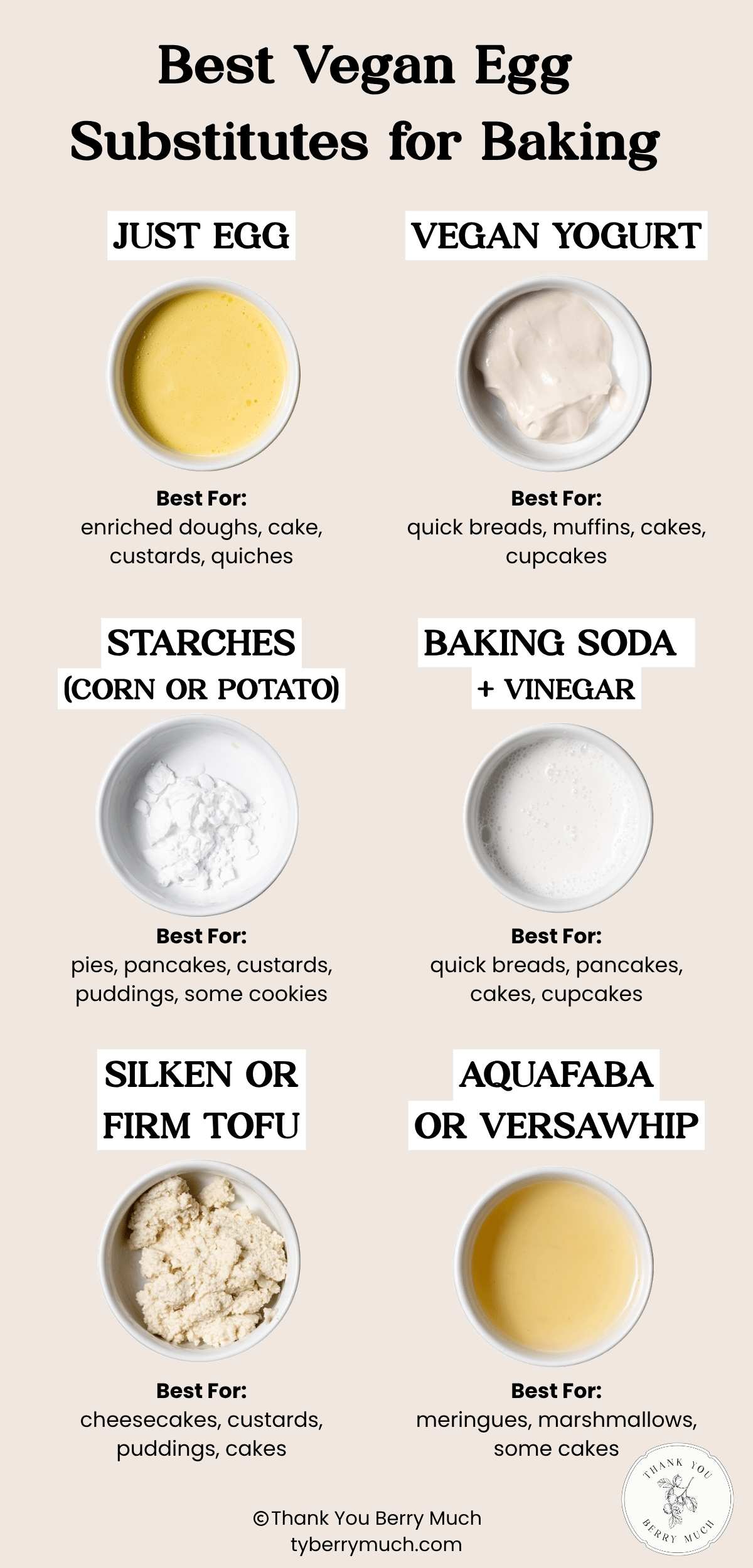
5 Main Uses of Eggs in Baking
Eggs are used for 5 main reasons in baking which is why there isn’t a one-size-fits-all vegan substitute (at least yet). Instead we have to pick and choose the substitute based on the function of the egg we are trying to replace.
- Binding & Structure
When whole eggs heat up, their proteins unwind and set, gluing ingredients together and giving cakes or cookies enough strength to hold their shape. - Fat, Moisture & Emulsification
Yolks bring fat and lecithin, which blend water-based and oil-based ingredients into one smooth batter. That extra fat makes baked goods taste richer and feel softer. - Thickening & Setting
In custards or curds, gently heated yolk proteins form a fine mesh that thickens liquids into a creamy gel (think pastry cream or lemon curd). - Leavening & Lightness
Beaten whites (or whole eggs whipped with sugar) trap tiny air bubbles. In the oven those bubbles expand, lifting batters and giving cakes, soufflés, or meringues an airy crumb. - Surface Color & Sheen (Egg Wash)
Brushing dough with beaten egg adds protein, fat and color to the surface, helping it brown evenly and dry to a thin, glossy crust. Need an egg-free option? Check out my vegan egg-wash guide for simple swaps.
Printable Guide with 16 Egg Substitutes
Below is a printable cheat sheet to keep in your kitchen. Keep in mind that more often than not, it’s best to find a dedicated vegan recipe for what you are baking. Often when testing a recipe, I’ll find I have to tweak the conversions slightly or combine multiple substitutes together for the best results.
In the post below, I’ve linked to some of my favorite recipes I’ve created that use each substitute for your reference.

Video Tutorial
Below is a video tutorial of how to mix up each of the substitutes for those who are visual learners!
Best Vegan Egg Substitutes for Whole Eggs
These are my top egg substitutes to replace whole eggs and yolks. These work great for baking and binding. Most of these are great vegan egg substitutes for cakes, cookies and more. They’re listed in order of preference.
1. JUST Egg
Just Egg is a plant based egg substitute for liquid whole eggs. It’s made from mung beans and looks almost identical to whisked real eggs. It can make some baked goods too dense, so I’ve found it works best in ‘breadier’ bakes.
But all in all, JUST Egg is a great substitute and is super handy for a variety of use cases. You can learn more about how to use Just Egg in baking and cooking here.
🌟 JUST Egg performs best in the following bakes:
- Enriched Breads & Brioche
- Baked or Yeast Donuts
- Custards
- Quiches
- Savory Loaves
Recipes to try:

2. Dairy Free Yogurt
Honestly, I love using dairy free yogurt in baking. Not only does it help bind baked goods together, but it can help replace oil for a slightly healthier bake.
My favorite vegan yogurts are Silk’s Unsweetened Vanilla Almond Yogurt and Forager Unsweetened Vanilla Bean Yogurt. Both have a thick, but not too thick, texture that add moisture and helps hold cakes together. At the moment, dairy free yogurt is also my go to vegan egg replacement for boxed cake mixes.
Most almond or coconut-based yogurts are thickened with a little pre-gelatinized starch. Those starch granules have already done their “setting” work during manufacturing, but they still increase a batter’s viscosity and soak up extra moisture as the cake bakes. This helps everything hold together much like an egg would.
Yogurt is also naturally tangy (around pH 4–5), so its acidity pairs with any baking soda in the recipe to create extra lift and keeps gluten a bit looser for a softer crumb. In short, dairy-free yogurt offers binding, moisture control, and leavening help all in one. This makes it an easy swap which is why I love it so much in vegan baking!
🌟 Vegan yogurt performs best in the following bakes:
- Cakes
- Boxed Cake Mixes
- Quick Breads
- Muffins
Recipes to try:

3. Flax Egg
Ground flax seeds mixed with water creates a thick, gel-like consistency that helps hold baked goods together. Depending on the recipe, I may mix the flaxseed with 2 tbsp of water to result in a thicker ‘egg’, but for the most part the 1:3 ratio listed below will do the trick.
Flax eggs have a tendency to create a dense, bread-like texture, so it’s not the best in light and airy cakes or buttery pastries (like donuts).
You can also use the same ratio of chia seeds to water. To be honest, I don’t use chia eggs very often. I’m not the biggest fan of the visible chia seeds in the finished baked good. And chia seeds mixed with water create a super thick mixture, which can result in a dense bake. I primarily use chia eggs in puddings.
🌟 Flax Eggs perform best in the following bakes:
- Cookies
- Quick Breads
- Pancakes
- Waffles
- Some Brownies (for a fudgy texture)
Recipes to try:

4. Applesauce
Unsweetened applesauce or other fruit purees act as great vegan egg replacement for whole eggs, adding moisture to baked goods. I love how accessible applesauce is (it can be found at most grocery stores), which is a large reason I opt for it in many of my recipes.
Applesauce is a good egg substitute for cakes, quick breads, muffins and even some cookies that I want to have a fudgy texture.
However, keep in mind, applesauce has a good amount of sugar. So, you’ll want to adjust the overall sugar content in the recipe so as not to affect the overall structure of the baked good. (Excess sugar can weaken gluten bonds which can cause cakes to collapse).
It needs to be combined with leavening agents like baking powder or soda to give bakes lift and rise.
🌟 It performs best when used for the following bakes:
- Quick Breads
- Muffins
- Cakes
- Baked Donuts
- Some Cookies (for a fudgy texture)
- Some Brownies (for a cakey texture)
Recipes to try:
- Lemon Turmeric Tea Cake
- Vegan Raspberry Muffins with White Chocolate
- Fudgy Vegan Peanut Butter Cookies
- Gingerbread Apple Cake

5. Baking Soda + Vinegar
This combination is one of my favorite tricks for light and airy cakes. It’s a very accessible substitute. White vinegar, apple cider vinegar, or lemon juice all work well.
Often, I’ll use baking soda with vegan ‘buttermilk’ for a similar effect. I make vegan buttermilk by mixing 1 cup of non-dairy milk, like almond or oat milk, with 1 tbsp of vinegar.
🌟 It performs best in the following bakes:
- Cakes
- Quick Breads
- Pancakes
Recipes to try:
- Vegan Biscoff Cake
- Vegan and Eggless Cornbread
- Vegan Cinnamon Cupcakes
- Vegan Cornbread Muffins
- Vegan Brownies
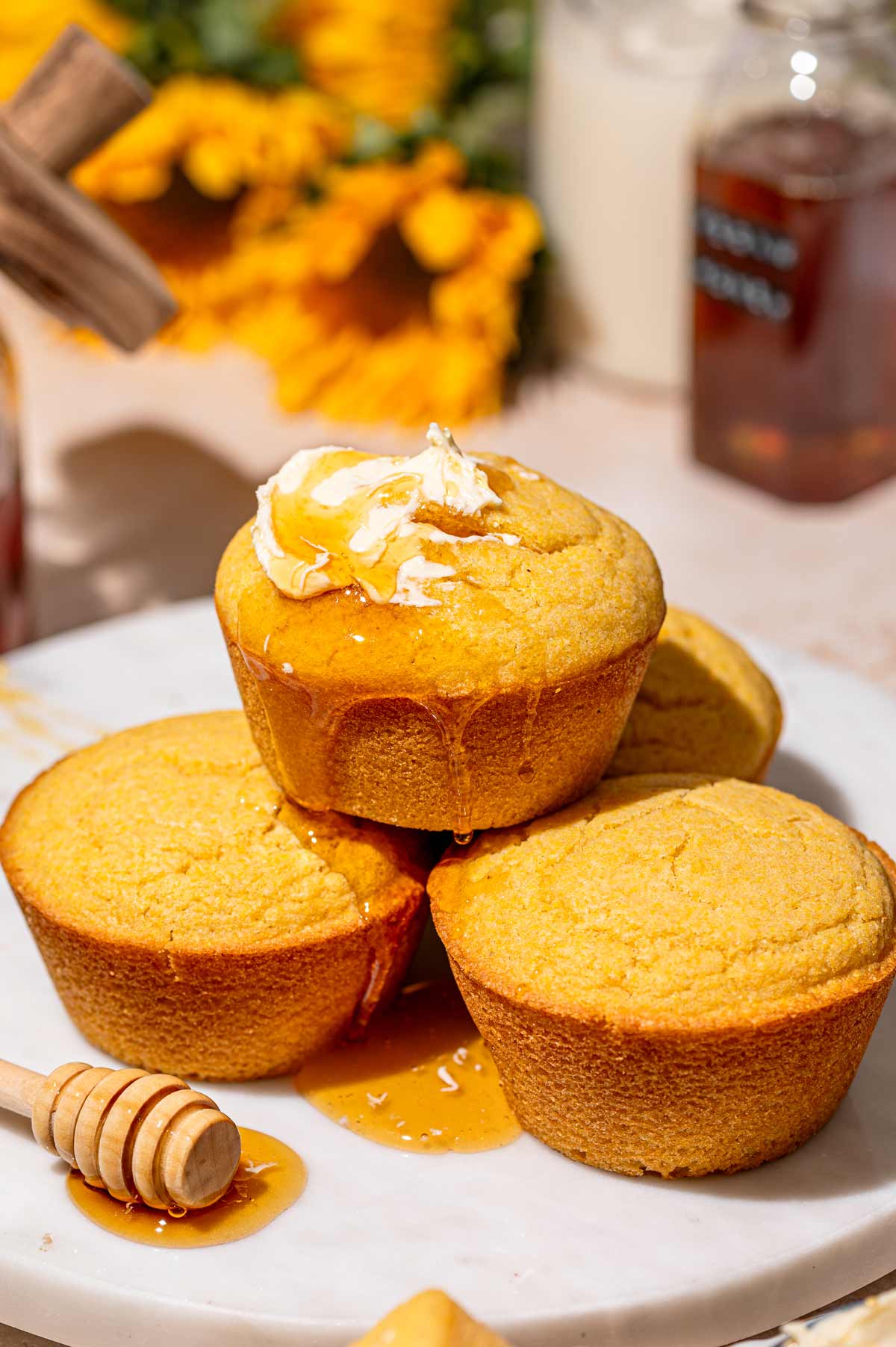
6. Tofu
Tofu is incredibly versatile and a staple to most vegans. You may be familiar with firm tofu in savory dishes or tofu scrambles. But silken tofu is also incredible in baked goods.
The soft texture of the tofu performs in a similar manner as dairy free yogurt.
🌟 Tofu performs best in the following bakes:
- Cheesecakes
- Custards
- Cakes
Recipe to try:

7. Mashed Banana (And Other Purees)
Similar to applesauce, mashed ripe bananas work well in quick breads or muffins. It adds moisture, sweetness and flavor. However unlike applesauce, mashed banana can create a dense texture.
Sometimes, I’ll combine banana with another egg substitute to help give the bake more lift, for a lighter texture (like in my banana muffins linked below).
I really only use bananas in bakes where I want the flavor to shine through, which is why it’s lower down on this list.
Other purees like pumpkin can also be used. Pumpkin puree naturally has a lot of liquid in it. This is great for cakes and quick breads because it creates a moist texture. But too much liquid leads to cookies with a cakey texture. When using pumpkin in cookies, I’ve found drying the puree is critical for a chewy texture.
🌟 Mashed banana & purees perform best in the following bakes:
- Quick Breads
- Muffins
- Baked Donuts
- Custards, like French Toast
Recipes to try:
- Jumbo Banana Chocolate Chip Muffins
- Vegan French Toast Casserole
- Vegan Banana Chocolate Chip Cookies
- Banana Blueberry Oatmeal Muffins
- Chewy Vegan Pumpkin Cookies
- Vegan Pumpkin Pancakes

8. Cornstarch, Potato Starch, Tapioca Starch
Cornstarch, or cornflour, is a fantastic egg substitute for thickening. When heated with moisture, the starch molecules swell up and help thicken sauces, custards, and puddings.
I’ve even used cornstarch in some cookie recipes to achieve a certain crispy texture.
Commercial egg replacers like Bob’s Red Mill and Ener-G are often mixes of various starches. Bob’s Red Mill Egg Replacer, for example, is made from potato starch, tapioca flour, baking soda, and psyllium husk fiber.
Ener-G Egg Replacer is another store bought, pre-mixed blend of a bunch of different starches. It’s made from potato starch, tapioca flour, leavening mix, sodium carboxymethylcellulose, and methylcellulose.
These mixes helps bind and leaven baked goods. Because of this, you’ll want to make sure that you’re not over-leavening your recipe if you use them.
🌟 Starches performs best in the following types of recipes:
- Some Cookies
- Pancakes
- Pies
- Puddings
- Custards
Recipes to try:

Best Vegan Egg White Substitutes (Foams & Meringues)
The following are my go-to egg white substitutes for meringues and foams. Most of these are heat stable up to ~250F, but they don’t do well in egg white heavy bakes like angel food cakes. They do however work well in recipes like macaroons, marshmallows and pavlovas.
1. Aquafaba & Other Bean ‘Water’
Aquafaba sounds fancy, but it’s actually just the liquid from a can of chickpeas! Most commonly used for vegan meringue recipes, this chickpea bean water whips up into peaks similar to egg whites. You can use the ‘water’ from other types of beans as well. Like faba bean or even soy beans (see the next few paragraphs for more on that).
It can also be used to replace whole eggs when lightly beaten in some cake recipes.
To be honest, I don’t love aquafaba as an egg replacer, but many other vegan bakers rave about it which is why I’ve included it on this list.
I’ve found that sometimes the chickpea taste carries through to the finished baked product, when used in excess. And it doesn’t have the same stability as egg whites for higher heat applications (above 325F).
Aquafaba works great in no bake applications like the royal icing on my Vegan Gingerbread Cookies and to replace egg whites in my vegan peppermint patties.

Soy ‘Water’ / Soy Bean Liquid
Okay, you may be wondering…what the heck is soy water? I first heard about soy water, sometimes called soy whey, when perusing a vegan baking group on facebook. It’s similar to aquafaba, but it’s the protein packed liquid from soybeans or soy milk instead of chickpeas.
I’ve found that this soy liquid has a milder flavor, making it more versatile than aquafaba. It does require more work to ‘make’. You essentially have to simmer soy milk with acid (like lemon juice), so the proteins in soy milk denature (unfold) and soy curds separate from the liquid.
I use this separation method in my Vegan Mascarpone Recipe. However, to make this cheese, I ended up using the soy curds instead of the liquid.
It whips up just like egg whites, and I’ve found it’s actually a bit more heat stable than aquafaba. Plus, it doesn’t have as much of a potent flavor as chickpea water.
2. Versawhip
Versawhip is a product made by the company Modernist Pantry which is made from soy protein.
It’s a powder that when combined with water can be whipped up into stiff peaks very similar to egg whites. Essentially, it’s a very concentrated and refined version of the soy ‘water’ listed above. It’s a bit pricey, but it can create super stiff, stable peaks when whipped (way stiffer than aquafaba).
I first learned and tried Versawhip 600k when I began testing a vegan marshmallow recipe and a vegan angel food cake recipe a few years ago. It works well for lower heat applications, but I’ve found that it doesn’t have the same stability as egg whites for higher heat applications (above 325F).
Summary & Best Egg Substitute by Recipe Type
| Recipe Type | Best Egg Substitute | Why It Works / Notes |
|---|---|---|
| Cakes, Cupcakes, Quick Breads & Muffins | Vegan yogurt (≈ ¼ cup per egg) | Adds fat + moisture, promotes a tender crumb, and its acidity reacts with leaveners for reliable rise. |
| Brownies & Dense Bars | Baking soda + vinegar (½ tsp soda + ~1 Tbsp vinegar or acid per egg) | The acid–base fizz supplies lift without extra liquid; keeps fudgy textures chewy rather than cakey. |
| Chewy / Drop Cookies | Flax egg (1 Tbsp ground flax + 3 Tbsp water) | Hydrated flax forms a gel that binds dough and adds a hint of fat, helping cookies spread yet stay chewy. |
| Custards & Puddings | Starches (cornstarch or tapioca, 1–2 Tbsp per cup liquid) | Starch granules gelatinize with heat, thickening liquids into a spoonable gel. |
| Cheesecakes | Silken tofu (≈ ¼ cup blended per egg) | Tofu proteins set into a smooth, creamy matrix when baked; mild flavor disappears with the right ratio of sugar and acid. |
| Meringues, Macarons & Foams | Versawhip (≈ 1 tsp powder per 50 g water, then whip) | Modified soy protein isolates whip into highly stable foams, outperforming aquafaba in volume retention and heat tolerance. |
| Yeasted Doughs (Brioche-style) | JUST Egg (≈ ¼ cup per egg) | Emulsifies fat and liquid like yolks, enriching dough and giving a soft, even crumb with a slight sheen after baking. |
| Glazes / Egg Wash | Soy milk + maple syrup (1 Tbsp : 1 Tbsp) | Protein + sugar on the surface promote Maillard browning, leaving a thin, shiny golden crust. |

Vegan Egg Alternative FAQ
Plant based yogurt or applesauce work well as an alternative to eggs in most boxed cake mixes.
Versawhip 600k by Modernist Pantry is a reliable ingredient that easily whips into stable foams. Perfect for vegan meringues.
Whisk 1 Tbsp finely ground flaxseed with 3 Tbsp water, let stand 5 min until thick. This replaces one large egg for binding.
Yes. Pair a lifting agent (e.g., whipped aquafaba) with a binder (e.g., flax or yogurt) when you need both rise and structure.
Flax egg is the most reliable; its gel holds dough together without adding excess moisture.
Cornstarch or tapioca starch thickens like yolks when gently heated, giving a glossy, spoonable set. Just Egg also works well as an egg substitute in custards.
There you have it! The best vegan egg substitutes to replace whole eggs, egg yolks, or egg whites. Use these substitutes for all your baking & binding needs.
If you’re looking for vegan egg wash substitutes, I’ve already put together a complete vegan egg wash guide! Visit this post for the best vegan egg wash substitutes.










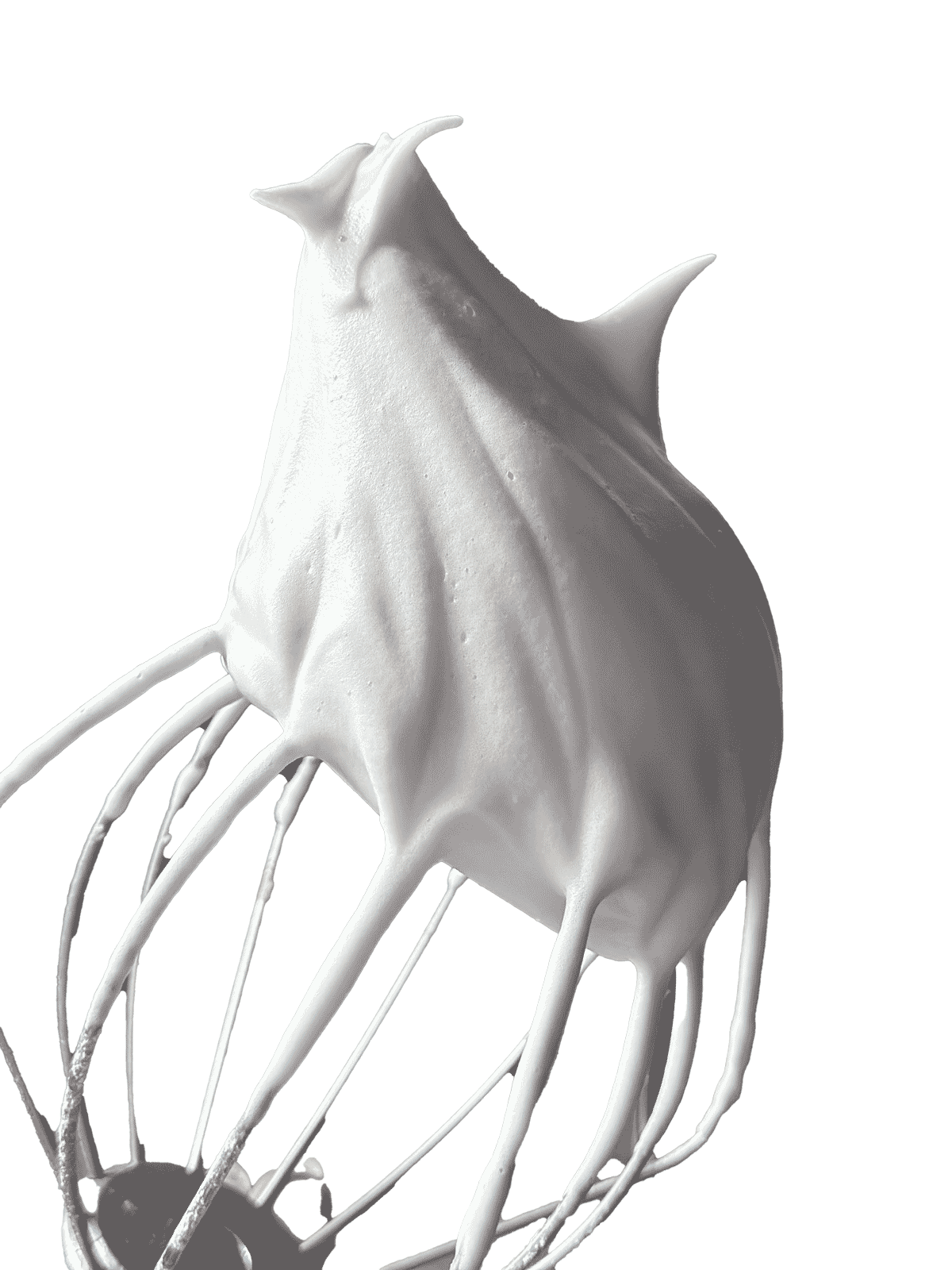



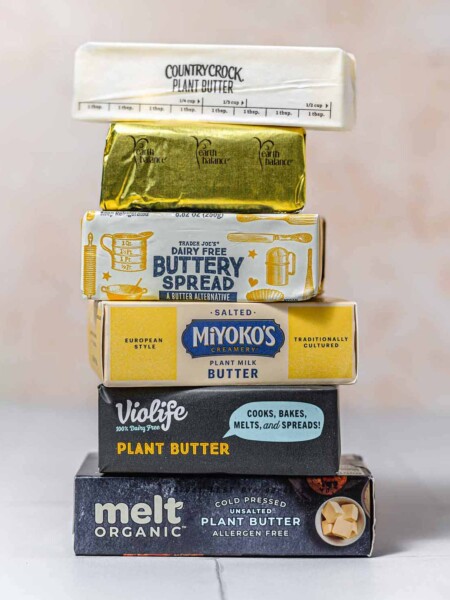
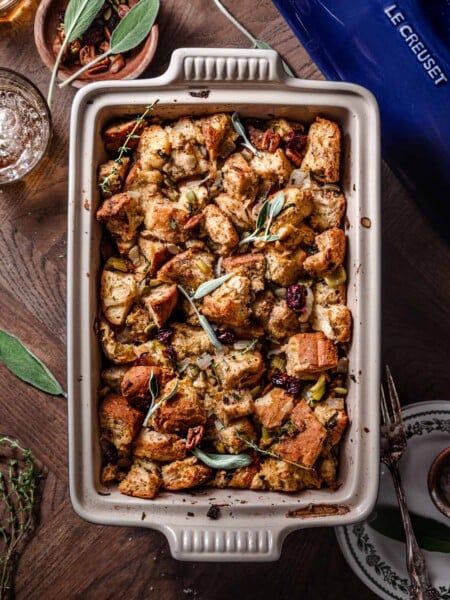

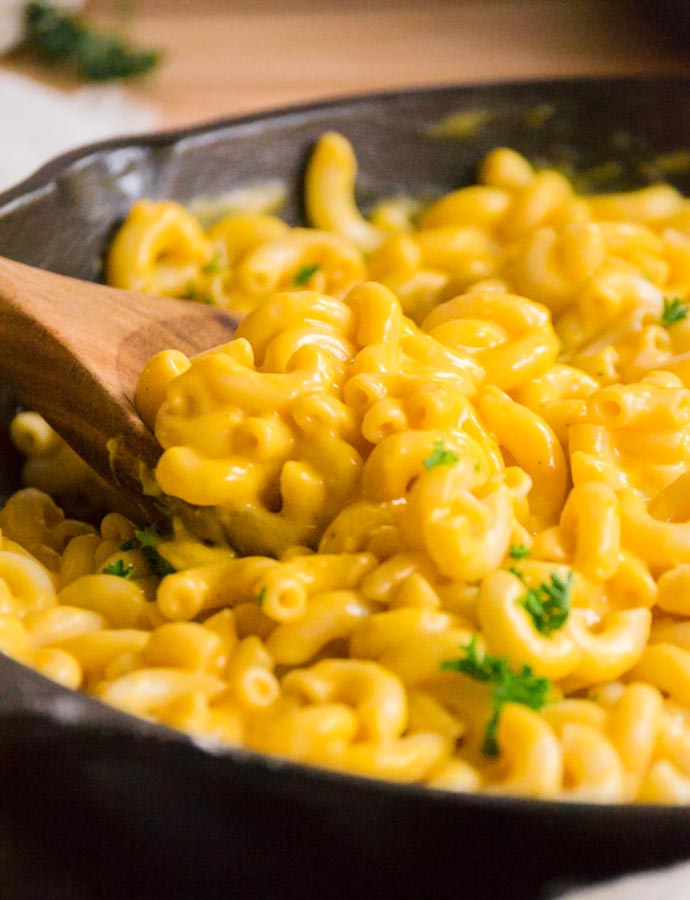






how do I print this? I don’t do Pinterest.
Hi Marty, if you right click on any of the images (like the image with the labels), you can save it to your computer. From your downloads or image gallery, you should be able to print the image.
I make a lot of vegan veg balls, veg fritters and lentil veg balls. They tend to fall apart as no egg in it. What’s the best alternative to use to bind the balls
Hi Moyra! I’d recommend using JUST Egg if you have access to it, or flax eggs if you can’t find JUST Egg. I’ve made veggie burgers and patties with flax eggs before and it definitely helps hold everything together. However, JUST Egg will most likely be the best at binding everything in this application. I use JUST Egg in my Vegan Meatloaf Recipe on the blog and it holds everything together better than flax eggs do. Let me know if you have any other questions!
I wanted to follow up because I just tried making chickpea fritters / patties with a combination of cornstarch & potato starch. They held together like a dream! I mixed 2.5 tbsp cornstarch + 2.5 tbsp potato starch + 1/4 cup water into about 1 13oz can of chickpeas (mashed well).
Any way to copy/paste text? Super helpful info I’d love to keep with my recipes, but the data is embedded within graphics.
Hi Angela, as of right now, the best way to copy text would be to copy and paste from the post itself vs. one of the images. Or you could take a screenshot of the baker’s guide image or save it to your computer to keep with your recipes.